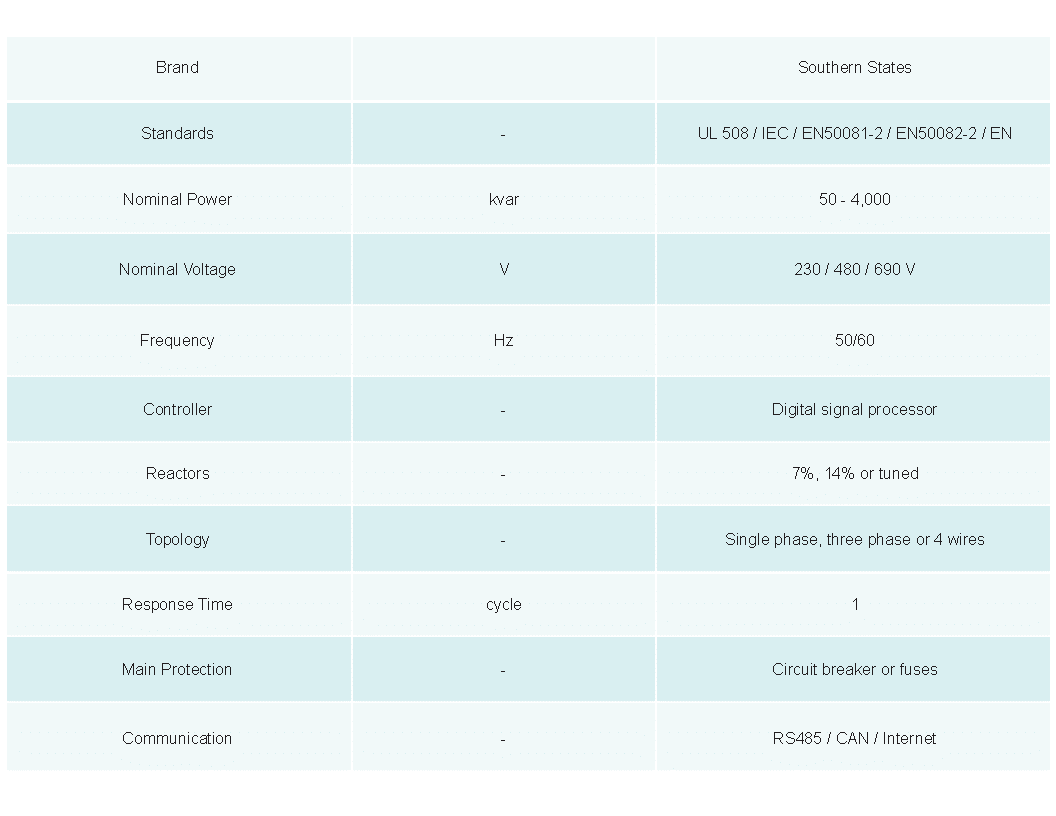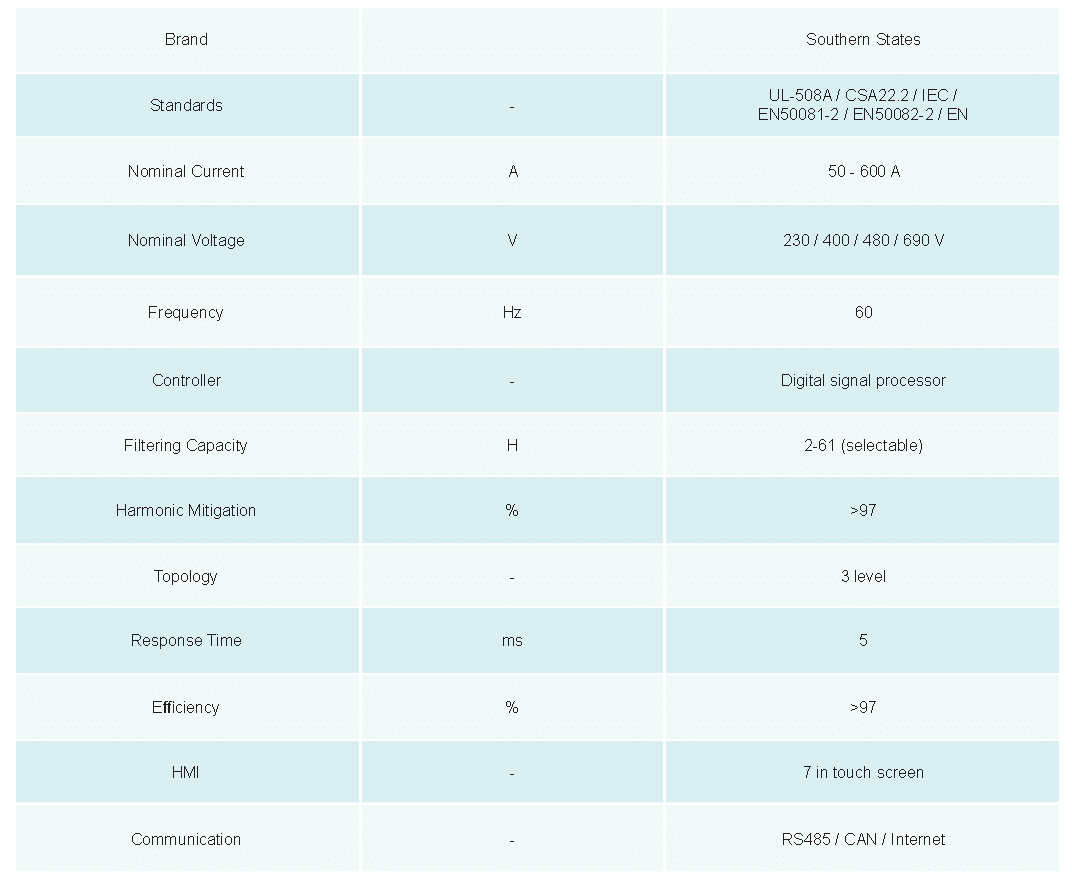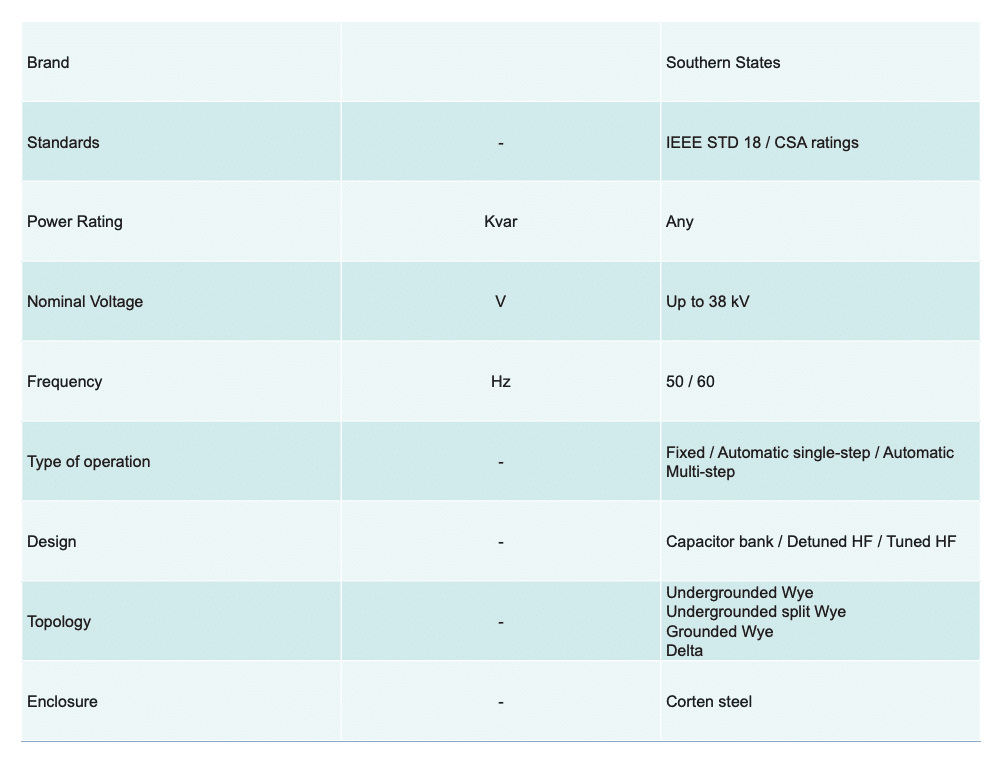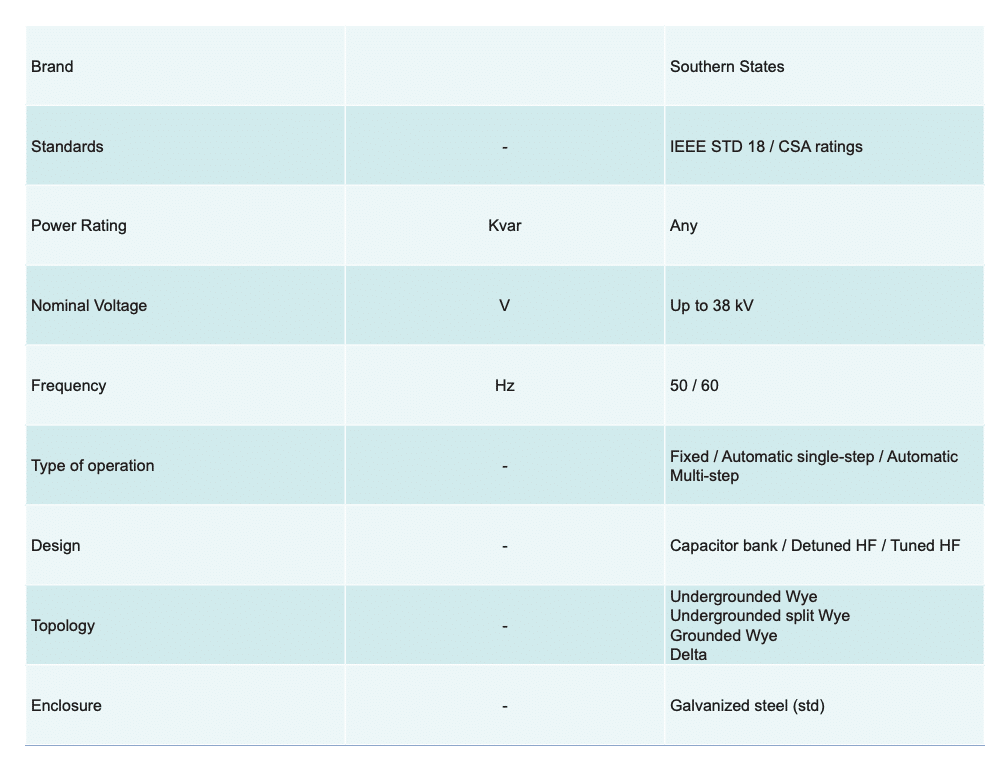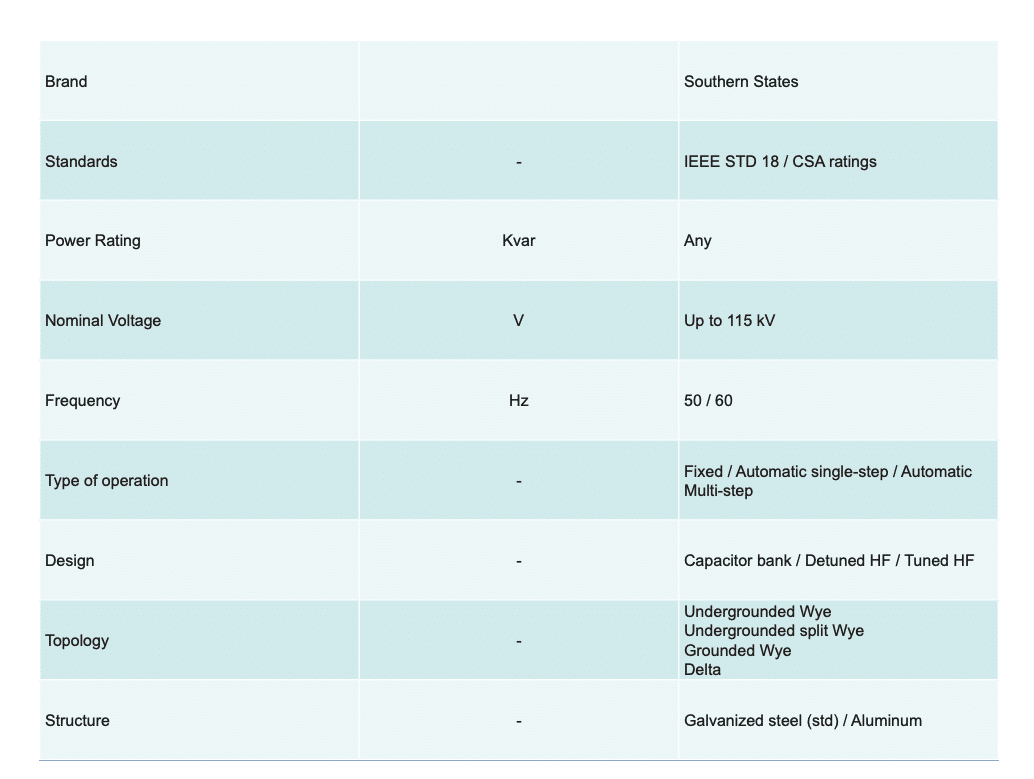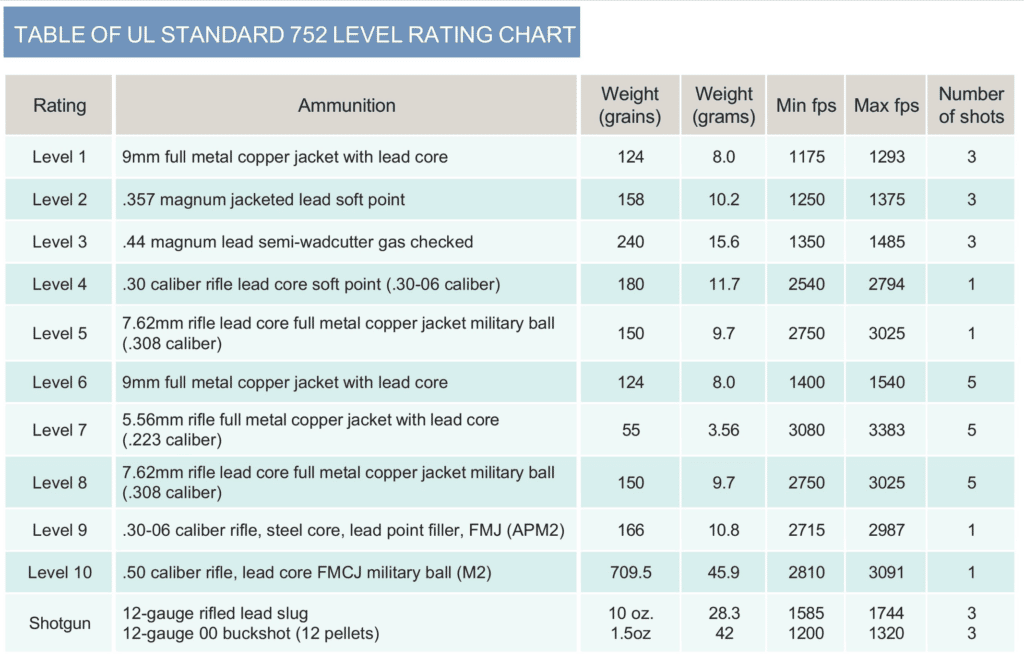
The company’s fault location, isolation and service restoration system provides utilities an accessible, simpleto-use automation solution
HAMPTON, Ga. , March 04, 2025 (GLOBE NEWSWIRE) — Southern States LLC, a leading innovator of power safety, reliability, and quality solutions, today launched its Distribution Fault Detection Isolation and Restoration (DFDIR) solution. The Smart Automation Module (SAM) and Smart Automation Management System (SAMS) allow utilities to detect, isolate, and restore faults simply and safely. With SAM and SAMS, Southern States is introducing its first software solution as it increasingly focuses on innovations that will help utility customers realize the benefits of smart automation.
“With constantly increasing demands on our grid, outages have greater risks and impact than ever before,” said John Paserba, President and CEO, Southern States LLC. “Our customers must manage increased capacity while simultaneously finding ways to improve resilience and reliability. We closely partner with utilities to solve these challenges, and DFDIR is just
one of the innovations we have developed by hearing our customers’ — and the industry’s — most pressing issues.”
SAM and SAMS provide decentralized distribution automation, giving utilities the flexibility to install as many modules as needed and prioritize areas most at risk. Coupled with SAMS, the user-configurable software interface, utilities can simply and efficiently configure automation criteria.
Built on more than a century of innovation, Southern States DFDIR solution integrates with utilities’ existing devices, making it a seamless addition to existing infrastructure.
When designing SAM and SAMS, Southern States sought to solve key challenges in other distribution automation solutions, most notably, user experience. Complex data entry and rulesets commonly lead to failures of existing systems. SAMS reduces this challenge with a simple, easy-to-use
interface to minimize errors and disruptions.
“Piloting this solution in partnership with one of our customers has allowed us to create the most seamless, intuitive interface on the market,” said Sam Mullinax, General Manager, Distribution Automation Division, Southern States LLC. “The pilot greatly improved reliability among our customer’s most unstable circuits, and they are now expanding automation further.
Now that we are releasing this solution to the market, we are excited to help more utilities to realize the benefits of automation and accomplish their goals of increasing reliability.”
SAM and SAMS will be available for preview at TechAdvantage, March 9-12 in Atlanta, and DISTRIBUTECH, March 24-27 in Dallas. To learn more or schedule a demo, visit southernstatesllc.com/sams.
About Southern States, LLC
Founded in 1916, Southern States, LLC is the world’s largest manufacturer of high voltage disconnect switches and a leading provider of next-generation solutions to safeguard the world’s power supply. With over 100 patents, Southern States is known for its unparalleled engineering and manufacturing expertise and its custom solutions to customers’ most pressing power challenges. A part of Southern States Investment Holdings, Southern States, LLC is among a collective of companies that are accelerating the build-out of a modern electric grid in North America and around the world. Learn more at southernstatesllc.com.


